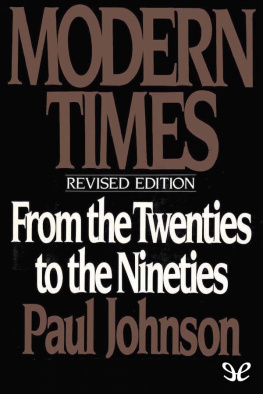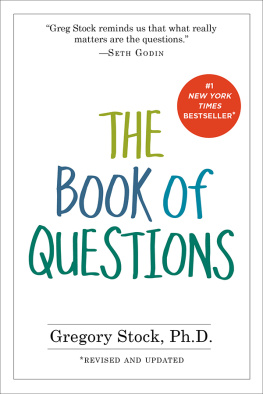Paul Johnson - Modern Times: The World from the Twenties to the Nineties, Revised Edition
Here you can read online Paul Johnson - Modern Times: The World from the Twenties to the Nineties, Revised Edition full text of the book (entire story) in english for free. Download pdf and epub, get meaning, cover and reviews about this ebook. year: 1992, publisher: Perennial, genre: Science. Description of the work, (preface) as well as reviews are available. Best literature library LitArk.com created for fans of good reading and offers a wide selection of genres:
Romance novel
Science fiction
Adventure
Detective
Science
History
Home and family
Prose
Art
Politics
Computer
Non-fiction
Religion
Business
Children
Humor
Choose a favorite category and find really read worthwhile books. Enjoy immersion in the world of imagination, feel the emotions of the characters or learn something new for yourself, make an fascinating discovery.

- Book:Modern Times: The World from the Twenties to the Nineties, Revised Edition
- Author:
- Publisher:Perennial
- Genre:
- Year:1992
- Rating:5 / 5
- Favourites:Add to favourites
- Your mark:
- 100
- 1
- 2
- 3
- 4
- 5
Modern Times: The World from the Twenties to the Nineties, Revised Edition: summary, description and annotation
We offer to read an annotation, description, summary or preface (depends on what the author of the book "Modern Times: The World from the Twenties to the Nineties, Revised Edition" wrote himself). If you haven't found the necessary information about the book — write in the comments, we will try to find it.
Modern Times: The World from the Twenties to the Nineties, Revised Edition — read online for free the complete book (whole text) full work
Below is the text of the book, divided by pages. System saving the place of the last page read, allows you to conveniently read the book "Modern Times: The World from the Twenties to the Nineties, Revised Edition" online for free, without having to search again every time where you left off. Put a bookmark, and you can go to the page where you finished reading at any time.
Font size:
Interval:
Bookmark:
This book is dedicated
to the memory of my father, W. A. Johnson,
artist, educator and enthusiast
Thou shalt break them with a rod of iron; thou shalt dash them in pieces like a potters vessel.
Be wise now therefore, O ye kings:
be instructed, ye judges of the earth
Psalms, 2: 910
A Relativistic World

The modern world began on 29 May 1919 when photographs of a solar eclipse, taken on the island of Principe off West Africa and at Sobral in Brazil, confirmed the truth of a new theory of the universe. It had been apparent for half a Century that the Newtonian cosmology, based upon the straight lines of Euclidean geometry and Galileos notions of absolute time, was in need of serious modification. It had stood for more than two hundred years. It was the framework within which the European Enlightenment, the Industrial Revolution, and the vast expansion of human knowledge, freedom and prosperity which characterized the nineteenth Century, had taken place. But increasingly powerful telescopes were revealing anomalies. In particular, the motions of the planet Mercury deviated by forty-three seconds of are a Century from its predictable behaviour under Newtonian laws of physics. Why?
In 1905, a twenty-six-year-old German Jew, Albert Einstein, then working in the Swiss patent office in Berne, had published a paper, On the electrodynamics of moving bodies, which became known as the Special Theory of Relativity.1 Einsteins observations on the way in which, in certain circumstances, lengths appeared to contract and clocks to slow down, are analogous to the effects of perspective in painting. In fact the discovery that space and time are relative rather than absolute terms of measurement is comparable, in its effect on our perception of the world, to the first use of perspective in art, which occurred in Greece in the two decades c. 500480 BC.2
The originality of Einstein, amounting to a form of genius, and the curious elegance of his lines of argument, which colleagues compared to a kind of art, aroused growing, world-wide interest. In 1907 he published a demonstration that all mass has energy, encapsulated in the equation E = mc2, which a later age saw as the starting point in the race for the A-bomb.3 Not even the onset of the European war prevented scientists from following his quest for an all-embracing General Theory of Relativity which would cover gravitational fields and provide a comprehensive revision of Newtonian physics. In 1915 news reached London that he had done it. The following spring, as the British were preparing their vast and catastrophic offensive on the Somme, the key paper was smuggled through the Netherlands and reached Cambridge, where it was received by Arthur Eddington, Professor of Astronomy and Secretary of the Royal Astronomicai Society.
Eddington publicized Einsteins achievement in a 1918 paper for the Physical Society cailed Gravitation and the Principle of Relativity. But it was of the essence of Einsteins methodology that he insisted his equations must be verified by empiricai observation and he himself devised three specific tests for this purpose. The key one was that a ray of light just grazing the surface of the sun must be bent by 1.745 seconds of arc twice the amount of gravitational deflection provided for by classical Newtonian theory. The experiment involved photographing a solar eclipse. The next was due on 29 May 1919. Before the end of the war, the Astronomer Royal, Sir Frank Dyson, had secured from a harassed government the promise of 1,000 to finance an expedition to take observations from Principe and Sobral.
Early in March 1919, the evening before the expedition sailed, the astronomers talked late into the night in Dysons study at the Royal Observatory, Greenwich, designed by Wren in 16756, while Newton was still working on his general theory of gravitation. E.T. Cottingham, Eddingtons assistant, who was to accompany him, asked the awful question: what would happen if measurement of the eclipse photographs showed not Newtons, nor Einsteins, but twice Einsteins deflection? Dyson said, Then Eddington will go mad and you will have to come home alone. Eddingtons notebook records that on the morning of 29 May there was a tremendous thunder-storm in Principe. The clouds cleared just in time for the eclipse at 1.30 pm. Eddington had only eight minutes in which to operate. I did not see the eclipse, being too busy changing plates We took sixteen photographs. Thereafter, for six nights he developed the plates at the rate of two a night. On the evening of 3 June, having spent the whole day measuring the developed prints, he turned to his colleague, Cottingham, you wont have to go home alone. Einstein had been right.4
The expedition satisfied two of Einsteins tests, which were reconfirmed by W.W. Campbell during the September 1922 eclipse. It was a measure of Einsteins scientific rigour that he refused to accept that his own theory was valid until the third test (the red shift) was met. If it were proved that this effect does not exist in nature, he wrote to Eddington on 15 December 1919, then the whole theory would have to be abandoned. In faet the red shift was confirmed by the Mount Wilson observatory in 1923, and thereafter empiricai proof of relativity theory accumulated steadily, one of the most striking instances being the gravitational lensing system of quasars, identified in 197980.5 At the time, Einsteins professional heroism did not go unappreciated. To the young philosopher Karl Popper and his friends at Vienna University, it was a great experience for us, and one which had a lasting influence on my intellectual development. What impressed me most, Popper wrote later, was Einsteins own clear statement that he would regard his theory as untenable if it should fail in certain tests . Here was an attitude utterly different from the dogmatism of Marx, Freud, Adler and even more so that of their followers. Einstein was looking for crucial experiments whose agreement with his predictions would by no means establish his theory; while a disagreement, as he was the first to stress, would show his theory to be untenable. This, I felt, was the true scientific attitude.6
Einsteins theory, and Eddingtons much publicized expedition to test it, aroused enormous interest throughout the world in 1919. No exercise in scientific verification, before or since, has ever attracted so many headlines or become a topic of universal conversation. The tension mounted steadily between June and the actual announcement at a packed meeting of the Royal Society in London in September that the theory had been confirmed. To A.N.Whitehead, who was present, it was like a Greek drama:
We were the chorus commenting on the decree of destiny as disclosed in the development of a supreme incident. There was dramatic quality in the very Staging: the traditional ceremonial, and in the background the picture of Newton to remind us that the greatest of scientific generalizations was now, after more than two centuries, to receive its first modification a great adventure in thought had at last come home to shore.7
From that point onward, Einstein was a global hero, in demand at every great university in the world, mobbed wherever he went, his wistful features familiar to hundreds of millions, the archetype of the abstracted natural philosopher. The impact of his theory was immediate, and cumulatively immeasurable. But it was to illustrate what Karl Popper was later to term the law of unintended consequence. Innumerable books sought to explain clearly how the General Theory had altered the Newtonian concepts which, for ordinary men and women, formed their understanding of the world about them, and how it worked. Einstein himself summed it up thus: The Principle of Relativity in its widest sense is contained in the Statement: The totality of physical phenomena is of such a character that it gives no basis for the introduction of the concept of absolute motion; or, shorter but less precise: There is no absolute motion.8 Years later, R. Buckminster Fuller was to send a famous cable to the Japanese artist Isamu Noguchi explaining Einsteins key equation in exactly 249 words, a masterpiece of compression.
Next pageFont size:
Interval:
Bookmark:
Similar books «Modern Times: The World from the Twenties to the Nineties, Revised Edition»
Look at similar books to Modern Times: The World from the Twenties to the Nineties, Revised Edition. We have selected literature similar in name and meaning in the hope of providing readers with more options to find new, interesting, not yet read works.
Discussion, reviews of the book Modern Times: The World from the Twenties to the Nineties, Revised Edition and just readers' own opinions. Leave your comments, write what you think about the work, its meaning or the main characters. Specify what exactly you liked and what you didn't like, and why you think so.

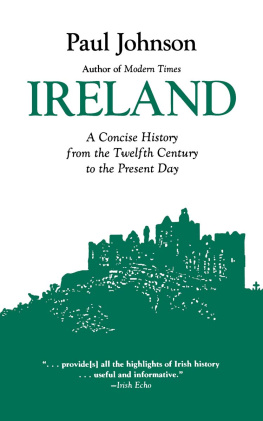
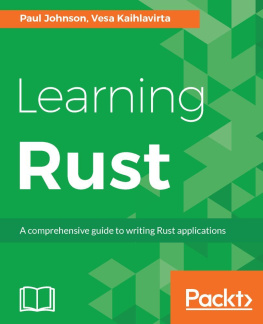
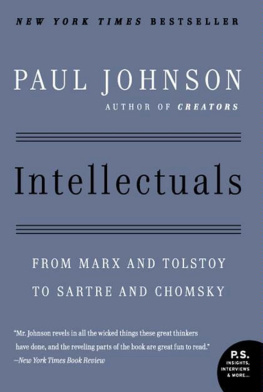

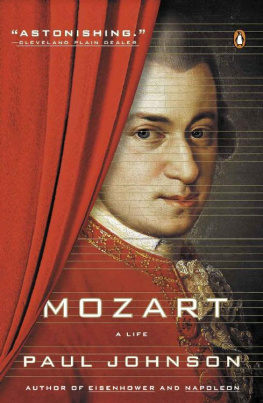
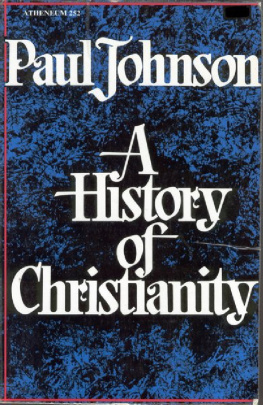
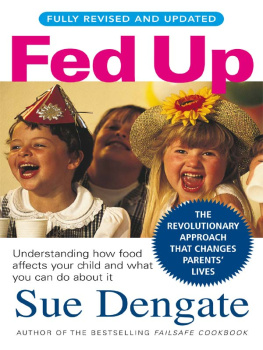
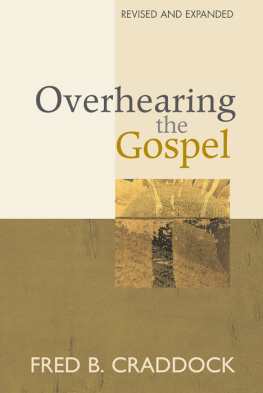
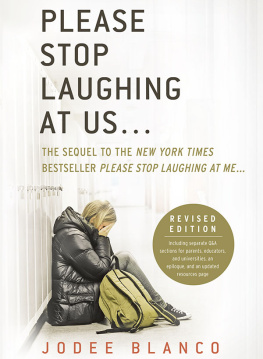
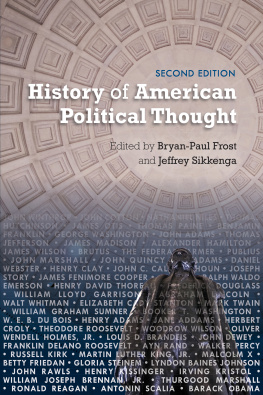
![Humm Daniel - Eleven Madison Park: The Next Chapter, Revised and Unlimited Edition: [a Cookbook]](/uploads/posts/book/252099/thumbs/humm-daniel-eleven-madison-park-the-next.jpg)
